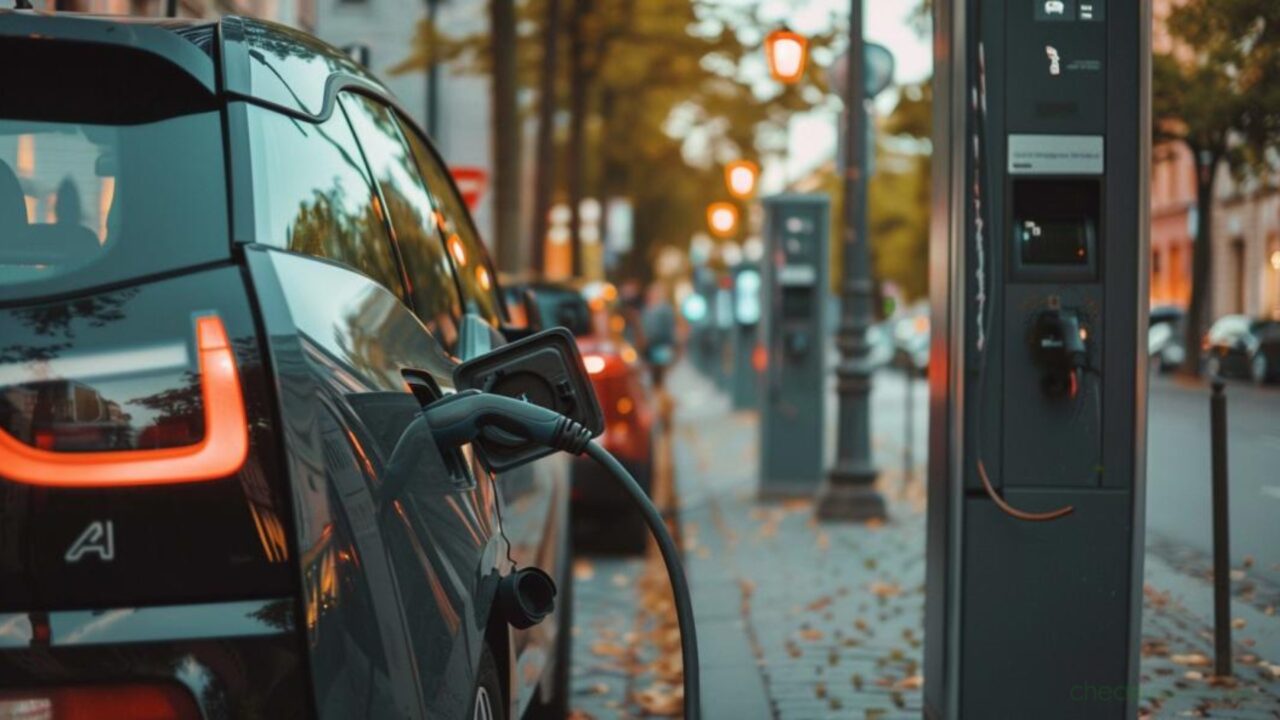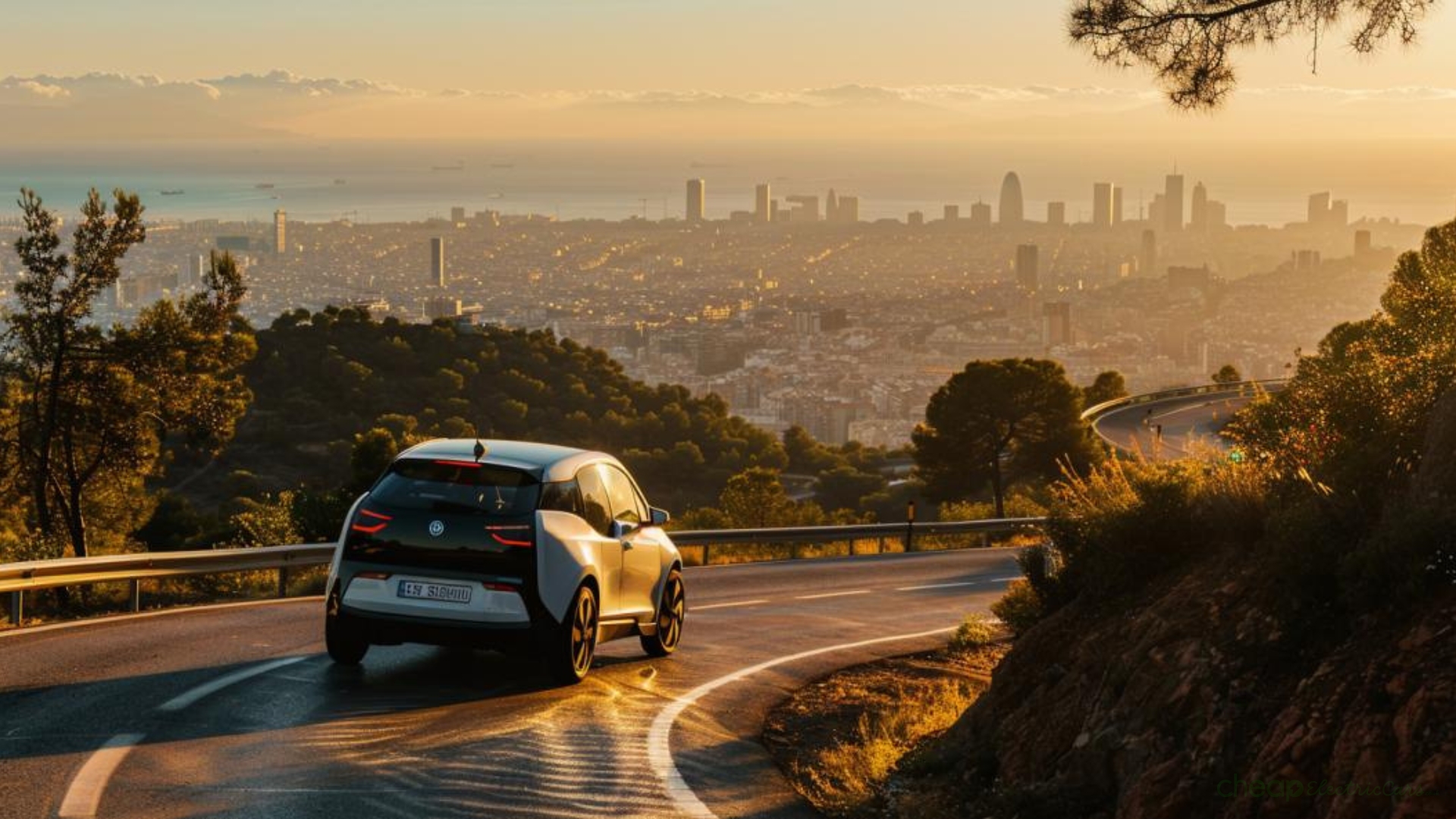Embarking on a road trip across Europe? Read our post for UK drivers driving in Europe, so you can understand the continent’s varied driving rules.
General Driving Rules Applicable Across Europe
Before you set off on your Road trip around the European continent, Check out some of the rules across Europe to familiarise yourself with each country’s specific traffic rules and signage to greatly smooth your travel experience when driving in Europe.
European Driving Licences
You may need a European Driving Licence for certain locations around Europe.
When driving in the EU, Switzerland, Iceland, or Liechtenstein, UK drivers must carry their UK driving licence but generally do not need an International Driving Permit (IDP). However, an IDP might be required if you have a paper licence or one issued by Gibraltar, Guernsey, Jersey, or the Isle of Man. No IDP is needed for driving in Ireland with a UK licence. An IDP can be obtained for £5.50.
Insurance for Driving in Europe
UK policies cover the minimum third-party requirements in the EU. A green card is not needed for driving in the EU and several other countries including Andorra and Switzerland, but it’s essential to have valid vehicle insurance.

For trips under 12 months, ensure you carry your vehicle’s V5C log book or a VE103 form to prove your entitlement to use the vehicle.
UK-registered vehicles must display a UK identifier when driven abroad or feature the Union Jack. Vehicles with any other flag, a GB identifier, or no flag need a UK sticker. In Spain, Cyprus, or Malta, a UK sticker is mandatory regardless of the plate design.
In case of a road accident in the EU, contact your insurer immediately. Legal proceedings must be pursued in the country where the accident occurred. Compensation may not be available for incidents involving uninsured or untraceable drivers and you should consult a legal professional for further guidance.
Speed Limits are typically, 50 km/h in urban areas, 90 km/h on open roads, and 120 km/h on motorways, unless signs indicate otherwise. Speed limits can also differ in wet conditions.
From July 6, 2024, all new vehicles in the European Union and Northern Ireland must include Intelligent Speed Assistance (ISA) technology. This alerts drivers if they exceed speed limits and can automatically slow the car down.
Seatbelt Usage is mandatory for all passengers, regardless of where you are seated in the vehicle when driving in Europe.
Alcohol Limits in most countries are stricter than in the UK, usually around 0.05% BAC, with zero tolerance in countries like Hungary and the Czech Republic.
Warning Triangles are mandatory in most European countries and are used to warn oncoming traffic in case you break down or have an accident when driving in Europe. Make sure you carry two.
Reflective Jackets with high visibility are generally mandatory for each occupant of the vehicle,
First-aid Kits are generally mandatory and should be carried in the vehicle.
Country-Specific Driving Rules
Western Europe
France:
Essentials: Reflective jackets, warning triangles, and although breathalysers are not mandatory, it is recommended one unused one be carried.
Speed Adjustments: 130 km/h on motorways reduces to 110 km/h in rain, and 50 km/h in urban areas.
Environmental Considerations: A crit’Air vignette is required in low-emission zones within certain cities. The Crit’Air sticker must be displayed on your vehicle or you will be fined.
Headlights should be adjusted to avoid dazzling drivers if you’re using a right-hand drive vehicle.

Paid parking zones are marked by blue signs. Free parking areas might require a parking disc to indicate your arrival time.
Germany:
Driving Requirements: High-visibility jackets for each occupant, a warning triangle, and a first-aid kit are mandatory.
Driving Conditions: No general speed limit on some autobahns, but the advised maximum is 130 km/h. It is illegal to pass a vehicle on the right on autobahns
Environmental Zones: Many cities require an environmental badge to enter low-emission zones. The environmental badge (Umweltplakette) is needed to enter their green zones.
Winter tyres are mandatory under icy conditions.
Parking zones called ‘Parkuhr’ zones require a parking disc. Watch for signs indicating parking regulations.
Republic of Ireland
Always carry your driving licence as the Gardaí (police) can request it at any time.
Netherlands:
Identification documents, proof of insurance, and a valid safety certificate are mandatory. You must have identification documents, a certificate of ownership, vehicle registration, proof of insurance, and a valid safety certificate (APK) and vehicles must undergo periodic technical inspections.
No tolls on most roads, except for two toll tunnels: Westerscheldetunnel and Kiltunnel.
Parking:
Blue lines on the curb indicate a ‘blue zone’, where you must display a parking disc with your arrival time. Reflective jackets and a warning triangle are also required.
Belgium
A fire extinguisher, first-aid kit, reflective jacket, and a warning triangle are mandatory, with headlights required in poor visibility. Radar detectors are strictly prohibited.
Parking:
Blue zones require a parking disc during controlled hours.
Austria and Switzerland
Vignette: Both require a vignette for highway usage.
Additional Gear: Reflective jackets, warning triangles, and a first-aid kit are required. Daytime running lights or headlight use is mandatory at all times.
Scandinavia
Sweden & Norway:
Daytime running lights are mandatory all year round. In Norway, carrying anti-skid devices is required during the winter season.
Daytime Lights: Mandatory use of headlights or daytime running lights all year round.
Winter Driving: Norway requires drivers to use winter tyres during the snowy season.
Environmental Regulations: Many cities have toll roads and low-emission zones.
Parking: Paid parking often requires an app or pay machine.

Denmark:
Required Items: Reflective vests and a warning triangle.
Driving Rules: Speed limits are usually 130 km/h on motorways. Headlights must be on at all times.
Parking: Observe local parking regulations and use parking discs where required.
Finland:
Required Items: Warning triangle.
Driving Rules: Speed limits are generally 120 km/h on motorways during summer.
Headlights must be on 24/7.
Parking: Pay attention to winter parking rules which can vary by municipality.
Southern Europe
Spain:
Driving Kit: Compulsory to carry reflective jackets and two warning triangles.
Spare Wheel and Tools: You should also have a spare wheel along with the tools to change it, or alternatively, sealant and an air compressor.
Driving Glasses: If your driver’s licence indicates that corrective eyewear is needed, you must have a spare pair of glasses with you.
Parking Rules: Different parking regulations depending on the day of the week, indicated by signs.
Using horns in urban areas is generally prohibited except in an emergency.
Portugal
Many motorways use electronic tolls without booths. UK drivers should rent an electronic transponder from car hire companies to manage these costs.

Reflective jackets and warning triangles are compulsory, with specific speed limits strictly enforced.
Headlights must be used in tunnels.
Parking:
Paid parking is usually enforced in cities. Blue zones indicate paid parking during certain hours.
Italy
City Restrictions: Many city centres have Zona Traffico Limitato (ZTL), restricted zones where non-resident vehicles are fined if they enter. Zona Traffico Limitato (ZTL) restricts non-residents in these city centres and they are monitored via cameras with heavy fines for violations.
Eastern Europe
Poland:
Safety Gear: A fire extinguisher and a first-aid kit are compulsory.
Driving Regulations: Headlight use is mandatory 24/7.
It’s compulsory to carry a fire extinguisher and a first aid kit.
Hungary:
Safety Requirements: Reflective vests are mandatory and must be used if you exit the vehicle on any roadway.
Unique Regulations for Specific Countries
Czech Republic
A vignette is necessary for highway travel.
Tips for Driving Electric Vehicles in Europe
The infrastructure for electric vehicles (EVs) across Europe is rapidly improving. Some urban areas offer benefits like reduced parking fees and access to bus lanes for EVs when driving in Europe.
Ensure you have the correct documentation, such as your driving licence, vehicle registration documents, and insurance details, accessible throughout your trip driving in Europe. ( Halfords ) ( The AA ) (RAC)
